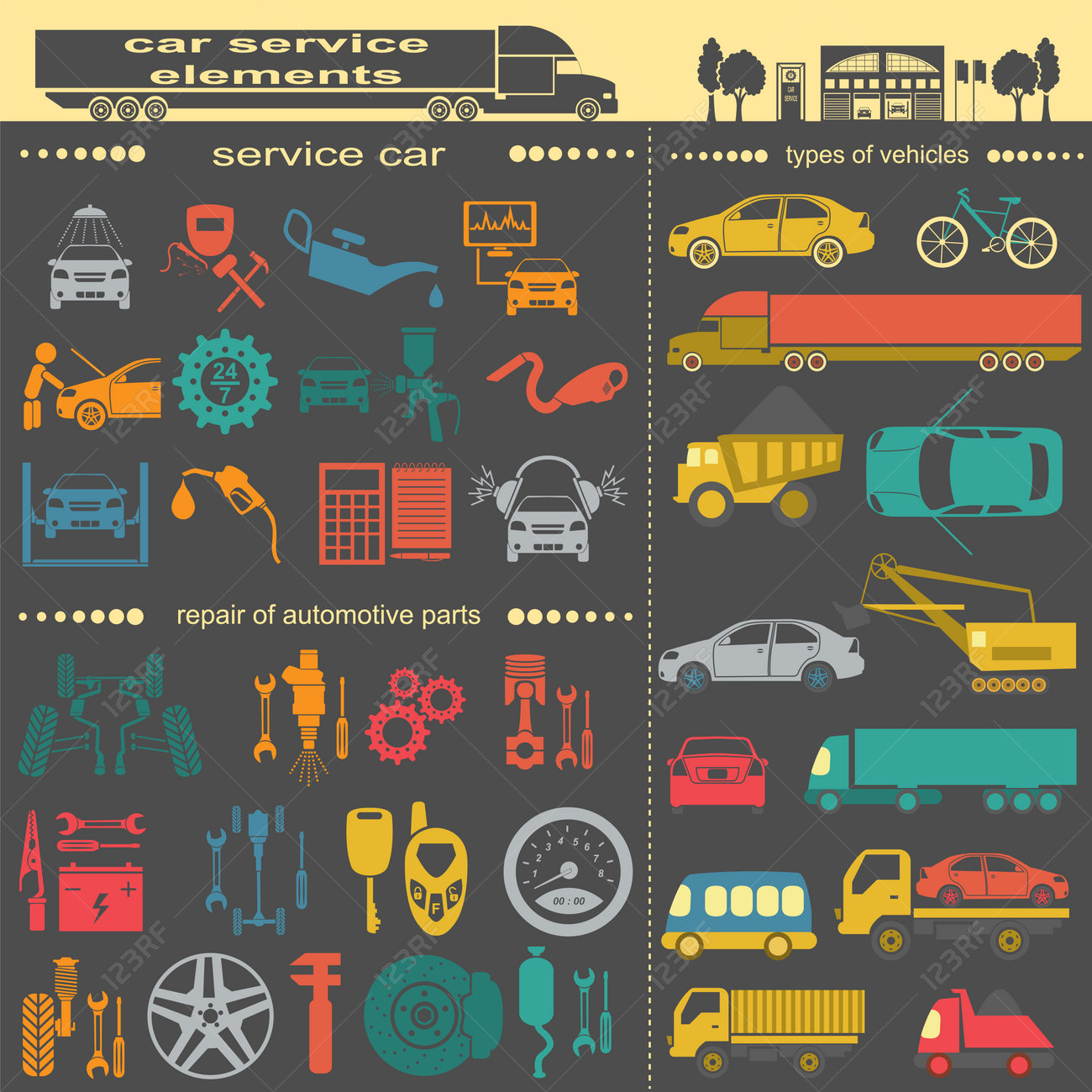Eager To Recognize What The Control Panel Warning Lights In Your Car Signify? Discover Their Significances For The Well-Being And Safety Of Your Car
Eager To Recognize What The Control Panel Warning Lights In Your Car Signify? Discover Their Significances For The Well-Being And Safety Of Your Car
Blog Article
Author-Termansen Forbes
When you're behind the wheel, those radiant caution lights on your control panel can be a bit perplexing. Do you recognize what they're trying to inform you concerning your car's health and wellness? Comprehending the value of these lights is important for your safety and the long life of your automobile. So, the next time among those lights appears, would not you wish to analyze its message accurately and take the needed actions to resolve it?
Common Warning Lights and Interpretations
Identify common warning lights in your auto and comprehend their definitions to make sure risk-free driving.
The most regular caution lights consist of the check engine light, which signals problems with the engine or exhausts system. If this light comes on, it's vital to have your automobile inspected without delay.
The oil stress warning light suggests low oil stress, requiring instant attention to prevent engine damage.
A blinking battery light might suggest a faulty billing system, possibly leaving you stranded if not resolved.
The tire pressure monitoring system (TPMS) light notifies you to reduced tire pressure, impacting vehicle security and fuel effectiveness. Ignoring this can bring about hazardous driving problems.
The abdominal light indicates a trouble with the anti-lock stopping system, jeopardizing your ability to quit rapidly in emergency situations.
Finally, the coolant temperature level cautioning light warns of engine getting too hot, which can cause extreme damages if not fixed promptly.
Comprehending car wash will certainly assist you address issues promptly and keep safe driving conditions.
Value of Prompt Attention
Comprehending the usual caution lights in your car is only the first step; the relevance of without delay dealing with these cautions can't be highlighted enough to guarantee your safety on the road.
When a warning light illuminates on your control panel, it's your vehicle's means of communicating a potential concern that needs interest. Overlooking these cautions can result in extra extreme troubles later on, endangering your security and possibly costing you much more out of commission.
Trigger attention to cautioning lights can avoid failures and mishaps. As an example, a blinking check engine light can show a misfire that, if left neglected, might trigger damages to the catalytic converter. Addressing this immediately can save you from an expensive repair work.
Likewise, a brake system warning light could signal reduced brake liquid or worn brake pads, vital elements for your safety when driving.
Do It Yourself Troubleshooting Tips
If you observe a caution light on your control panel, there are a few DIY troubleshooting tips you can try before looking for professional assistance.
The very first step is to consult your vehicle's guidebook to understand what the certain warning light indicates. Sometimes the problem can be as easy as a loose gas cap triggering the check engine light. Tightening the gas cap may resolve the issue.
One more typical problem is a low battery, which can activate different alerting lights. Examining webpage for deterioration and guaranteeing they're safe may take care of the issue.
If a warning light persists, you can attempt resetting it by separating the auto's battery for a few mins and after that reconnecting it. In addition, examining your car's fluid degrees, such as oil, coolant, and brake liquid, can help repair cautioning lights associated with these systems.
cardetailinginterior , understanding your car's caution lights is necessary for keeping your vehicle running smoothly and safely. By without delay dealing with these signals and recognizing what they indicate, you can prevent costly fixings and potential breakdowns.
Keep in mind to consult your car's guidebook for certain details on each cautioning light and take action appropriately to make sure a hassle-free driving experience.
Keep notified, remain risk-free on the road!
